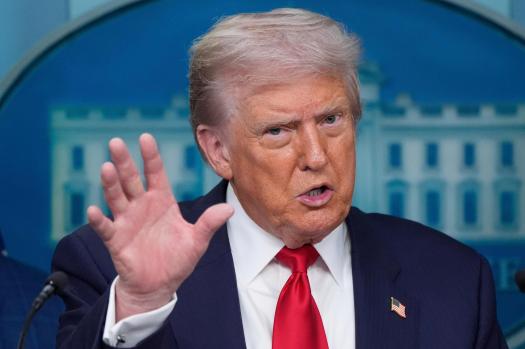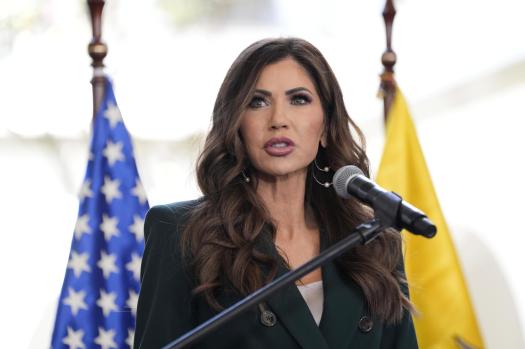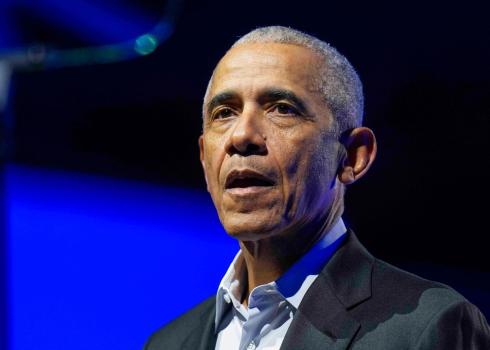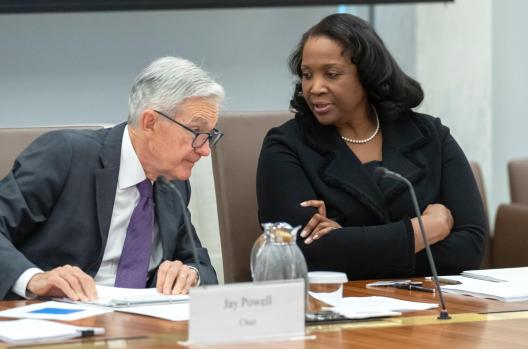By Didi Tang and Paul Wiseman
Washington (AP) President Donald Trump at least postponed another risky confrontation between the two largest economies in the world on Monday by extending a trade truce with China for an additional ninety days.
Related Articles
-
Trump s moves toward taking over Washington are unprecedented. Here s what the law says
-
Trump nominates conservative economist to head agency that compiles jobs, inflation data
-
China and the US clash at the UN over the Panama Canal, a focus of Trump s attention
-
FACT FOCUS: Trump exaggerates, misstates facts on Washington crime
-
Trump s tax law will mostly benefit the rich, while leaving poorer Americans with less, CBO says
Trump announced on his Truth Social platform that all other aspects of the Agreement will not change and that he had signed the presidential order extending it.
The prior deadline was scheduled to end on Tuesday at 12:01 a.m. If that had occurred, Beijing could have raised retaliatory levies on U.S. exports to China in response to the U.S. increasing taxes on Chinese imports from an already high 30%.
The U.S. businesses that do business with China have welcomed the respite, which buys time for the two nations to resolve some of their issues and may pave the way for a summit between Trump and Chinese President Xi Jinping later this year.
The extension is crucial to give the two governments time to negotiate a trade deal that American companies hope will increase their market access in China and give them the certainty they need to make medium- and long-term plans, according to Sean Stein, president of the U.S.-China Business Council.
To resume U.S. agricultural and energy exports, it is imperative to reach a fentanyl agreement that results in lower U.S. tariffs and a reversal of China’s retaliatory actions, Stein stated.
Trump has already disrupted the global trading system by imposing double-digit taxes and tariffs on nearly every nation in the planet, but he has yet to reach an agreement with China.
In order to prevent a worse situation, the European Union, Japan, and other trading partners agreed to unfair trade agreements with Trump, including accepting previously unimaginably high tariffs from the United States (15 percent on EU and Japanese goods, for example).
The United States was once one of the world’s most open economies, but Trump’s trade policies have transformed it into a protectionist stronghold. According to Yale University’s Budget Lab, the average U.S. tariff has increased from about 2.5% at the beginning of the year to 18.6%, the highest level since 1933.
However, China pushed the boundaries of a U.S. trade strategy that relies on tariffs as a tool to pressure trading partners into making concessions. Beijing had its own cudgel: restricting or halting access to its rare earth materials and magnets, which are utilized in everything from jet engines to electric cars.
The two nations came to an agreement to reduce hostilities in June. The United States announced that it would remove export limits on ethane, a feedstock used in the manufacturing of petrochemicals, and computer chip technology. Additionally, China consented to facilitate access to rare earths for American companies.
According to Claire Reade, a senior counsel at Arnold & Porter and a former assistant U.S. trade representative for China relations, the United States has recognized that it does not have the upper hand.
The U.S. and China avoided an economic disaster in May by lowering the hefty tariffs they had imposed on one another’s goods, which had risen to 125% against the U.S. and 145% against China.
Financial markets experienced a terrifying sell-off as a result of those triple-digit tariffs, which threatened to essentially stop commerce between the US and China. They decided to back off and continue their conversation at a Geneva meeting in May, lowering China’s tariffs to 10% and America’s to a still-high 30%.
They have been communicating ever since they proved they could harm one another.
“The Trump administration has not only highlighted the limitations of unilateral U.S. leverage by overestimating the ability of steep tariffs to induce economic concessions from China, but it has also given Beijing grounds for believing that it can indefinitely enjoy the upper hand in subsequent talks with Washington by threatening to curtail rare earth exports,” said Ali Wyne, a U.S.-China relations specialist at the International Crisis Group. The self-inflicted consequences of its previous arrogance are the reason behind the administration’s desire for a trade-off.
It’s uncertain if Washington and Beijing can come to a significant agreement about America’s most pressing issues. These include Beijing’s subsidies and other industrial policies, as well as China’s weak protection of intellectual property rights, which the Americans claim give Chinese companies an unfair edge in global markets and have led to a $262 billion trade deficit with China last year.
Reade doesn’t anticipate much more than limited agreements, such as the Chinese pledging to purchase more American soybeans and taking more action to halt the supply of fentanyl-making chemicals and permit the ongoing flow of rare-earth magnets.
However, Jeff Moon, a former U.S. diplomat and trade official who currently leads the China Moon Strategies consultancy, predicted that the most difficult problems would probably persist and that the trade war would rage on for years to come.
Josh Boak, a staff writer for the Associated Press, helped write this article.












